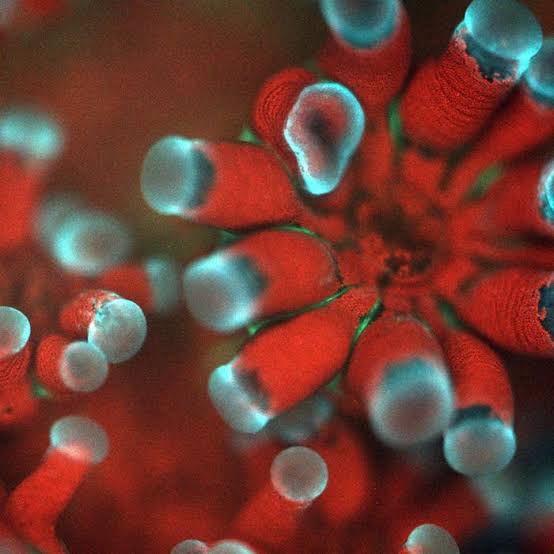SCIENCE

NEW UNDERWATER MICROSCOPE LETS SCIENTISTS “SEE” CORAL BREATHING – COULD HELP SAVE REEFS
A Game-Changing Glimpse Into Coral Life: New Microscope Lets Scientists Watch Coral "Breathe" Underwater
Coral reefs are often called the rainforests of the sea—beautiful, diverse, and full of life. But today, they’re under serious threat from climate change, pollution, and rising ocean temperatures. To truly understand what’s happening to these fragile ecosystems, scientists need to see what's going on inside the corals themselves—without harming them.
That’s now possible, thanks to an exciting new invention from researchers at UC San Diego’s Scripps Institution of Oceanography. It's called the Benthic Underwater Microscope Imaging PAM, or BUMP, and it’s giving scientists a front-row seat to the hidden world of coral photosynthesis—something that has never been seen in this detail, in the wild, before.
So, What’s the Big Deal?
Corals might look like rocks, but they’re actually living animals that rely on a tiny partner: microscopic algae living inside their tissues. These algae use sunlight, water, and carbon dioxide to produce energy for the coral through a process called photosynthesis. This partnership is vital—not just for the coral, but for the entire reef ecosystem.
But when the ocean gets too warm or polluted, the coral gets stressed and kicks out the algae. That’s what we call coral bleaching—and if the algae don’t return, the coral starves and dies.
Until now, scientists could only study coral photosynthesis in labs or using indirect methods. But the BUMP microscope changes that. It's like giving scientists a high-tech stethoscope to check coral health in real time, right on the ocean floor.
How It Works
The BUMP microscope combines ultra-sharp imaging with something called PAM (pulse amplitude modulated) light, which lets researchers measure how well coral algae are performing photosynthesis. In other words, they can now seehow healthy or stressed the coral is by watching how it uses light.
What’s even more impressive? It’s all non-invasive. No coral is harmed or disturbed. Think of it like a nurse checking your pulse instead of drawing blood.
Big Impact, Small Package
This isn’t some clunky, ship-bound machine. The BUMP system is compact enough to fit into a suitcase and be carried by a single diver. Researchers have already taken it to reefs in Hawaii, the Red Sea, and Palmyra Atoll.
They’ve observed coral behaviors never seen before—like polyps changing shape or reacting to particles in the water.
“It’s like magic,” says Or Ben-Zvi, lead author and postdoctoral researcher at Scripps. “We’re visualizing coral photosynthesis in real-time, in their natural home, and we’re learning so much about how they function.”
Why It Matters
With this new window into coral health, scientists may be able to detect early warning signs of bleaching and take action before it’s too late. It could also help conservation teams figure out which reefs are more resilient and worth protecting urgently.
The BUMP microscope isn’t just for corals, either. Researchers are already using it to study juvenile kelp and other underwater plants that keep ocean ecosystems alive—and provide oxygen for the planet.
A Brighter Future for Our Reefs?
Thanks to support from the National Science Foundation, the BUMP is already making waves in marine science. And while the challenges facing coral reefs are huge, this technology gives us a powerful new way to fight back—with knowledge, precision, and care.
As Dr. Jules Jaffe, co-author of the study, puts it: “Without continued federal funding, scientific research is jeopardized. But with it, we can solve the mystery of coral bleaching—and maybe even help save the reefs.”
📌 In Short:
This new underwater microscope is letting scientists watch coral photosynthesis in real time—and that’s a huge step toward protecting these vital ocean ecosystems. With BUMP, we might finally understand what makes coral reefs tick, and how to keep them alive.
"This represents a significant development in our ongoing coverage of current events."— Editorial Board









